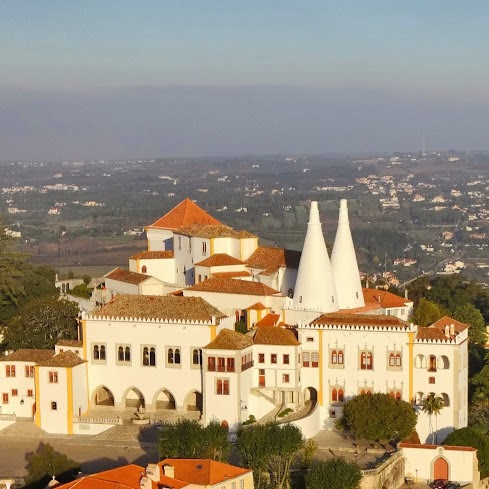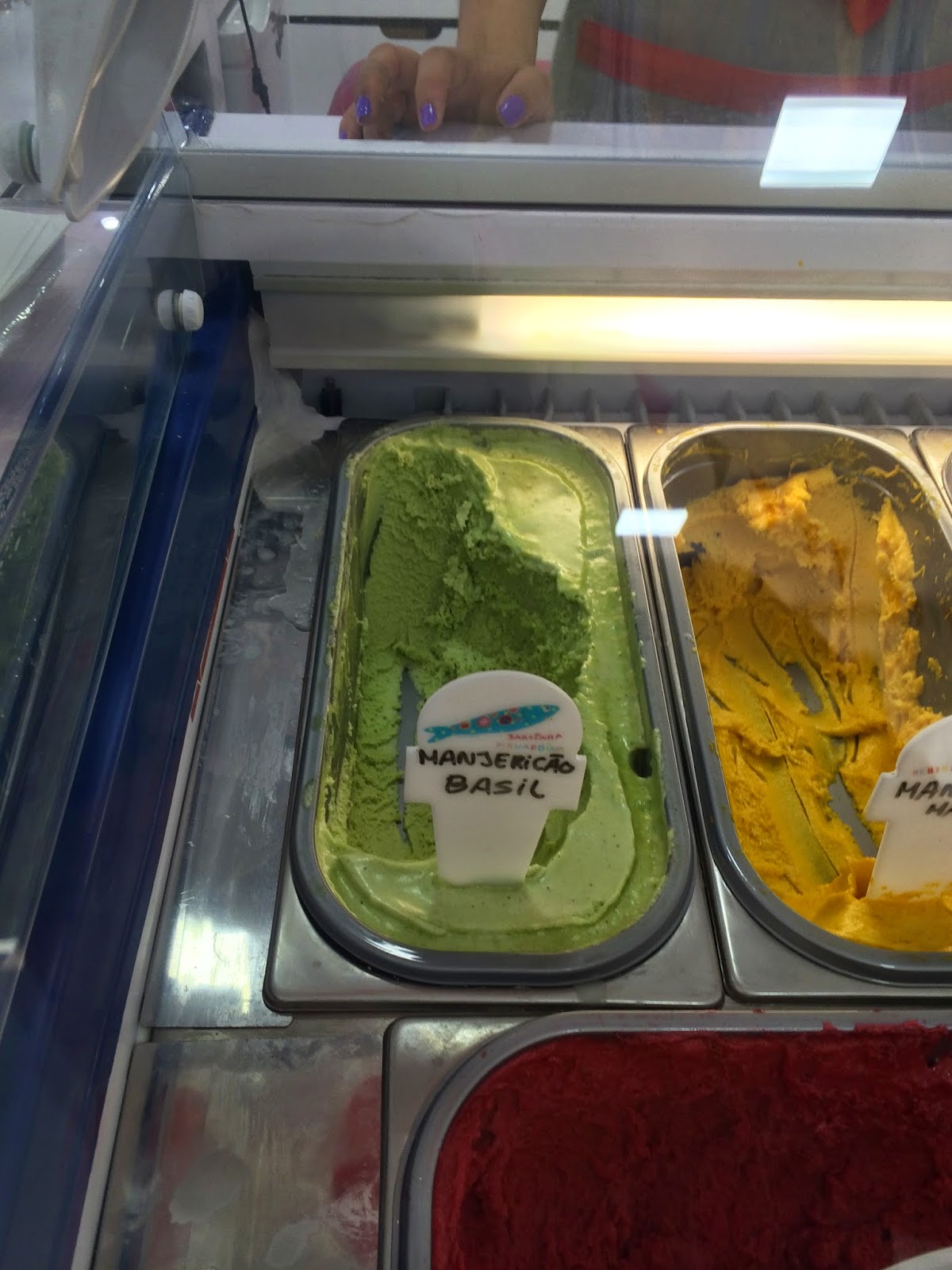But really, with traditional latkes (potatoes deep-fried in oil) already planned for 2-3 of the 8 day long celebration, something's gotta give... And I decided that it'll have to be in the dessert section.
So, a week before hanukkah, I started planning our holiday menu. The dessert menu would include baked donuts instead of the traditional sufganiyot. After all, I'll still be using a bit of oil in the batter and spraying the pan with non-stick spray. That should count for oil! But as luck would have it, I also found 3-in-1 cake pop, donuts and cupcake maker that would make treats more interesting year round, and the kitchen less messy, making for a much easier life! The gadget has 3 different plates that you can interchange to make mini-donuts, cakepops and cupcakes. I was hemming and hawing at first on whether I should get it, but decided that 1) my daughters love cake pops, and I can make a healthier and cheaper version than Starbucks' cake pops with this new gadget 2) and hubby just got himself a new car, so yeah, I deserved a new toy too.
I stumbled upon a paleo donut recipe online, which I tweaked ever so slightly. Mind you, I'm not on a paleo diet, but I do love high-protein treats, which this recipe was. A must-have for making donuts is, well, a donut mold. Or, a sparkling red multi treat maker like mine! Seriously, I'm sold on this new toy. I can churn donuts like I'm in a restaurant business!
And I got these beautiful, healthier donuts that my kids and husband couldn't stop eating. This recipe is flourless, and sugar-free. I made 2 batches with the intention of freezing half, but had to defrost it the following day because my cuddly monsters devoured them like they haven't seen donuts before. I also added a heaping scoop of protein powder to make it an even greater protein-packed treat after my workout, but alas... I've only managed to enjoy a few. I swear I'm sneaking in spinach, carrots and kale (gasp!) the next time I make these.
So, the recipe is as follows:
Ingredients:
1.5 cup almond meal (ground almonds)
3 tbsp unsweetened cocoa powder (Ghirardelli preferred; but if you find parve cocoa, it's even better)
1/2 tsp baking soda
1/2 cup unsweetened pure organic applesauce
pinch of salt
6 eggs (it's ok, it made 42 mini-donuts! Also, maybe try flax eggs next time for the vegan version?)
2 tbsp coconut oil (Hanukkah-required!)
6 tbsp honey
1 tsp vanilla extract
1 scoop chocolate protein powder (optional)
Chocolate Glaze
1/2 cup dark chocolate chips
1 tsp coconut oil
Instructions: You can buy almond meal, or you can grind almonds with Vitamix, which I did. Combine all ingredients and mix well. Spoon into sprayed donut tin or in a sparkling red multi treat maker! If using the sparkling red mini-donut maker, bake for 4 mins and 44 seconds. Why? Because I'm too lazy to push other numbers in my timer. If baking in regular donut tin, bake for 15 mins. Remove and cool on wire rack. Make the glaze by melting chocolate chips and mixing with oil. Put glaze in ziplock, and cut one corner (very small). Drizzle over donuts over the sink to make cleaning even easier.
Other comments: I don't think this recipe will work as a "drop" because the batter is very runny. This is super moist because of the applesauce and doesn't taste like cardboard-textured passover treats. But I bet it can be made into one for passover season. Enjoy!


















































